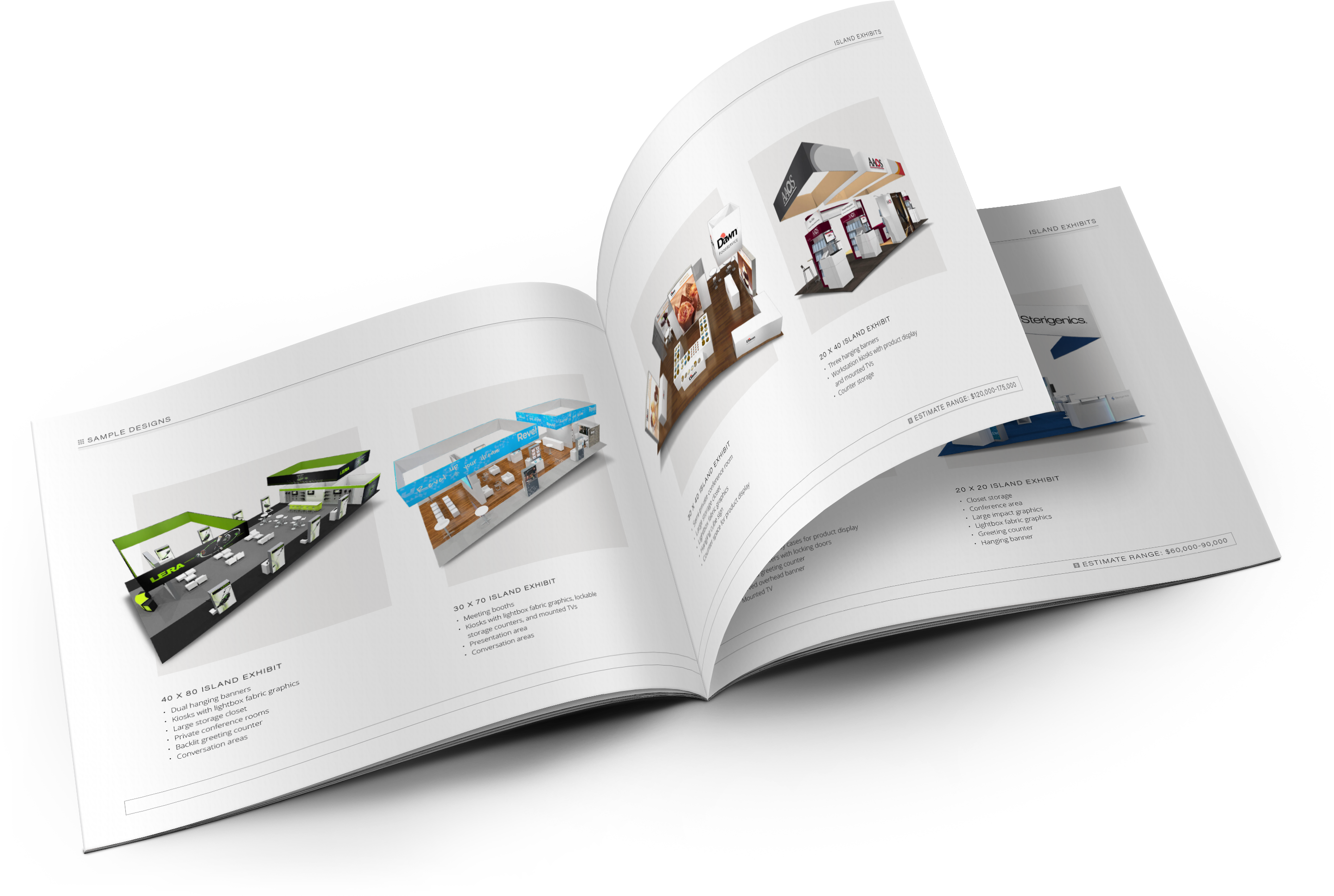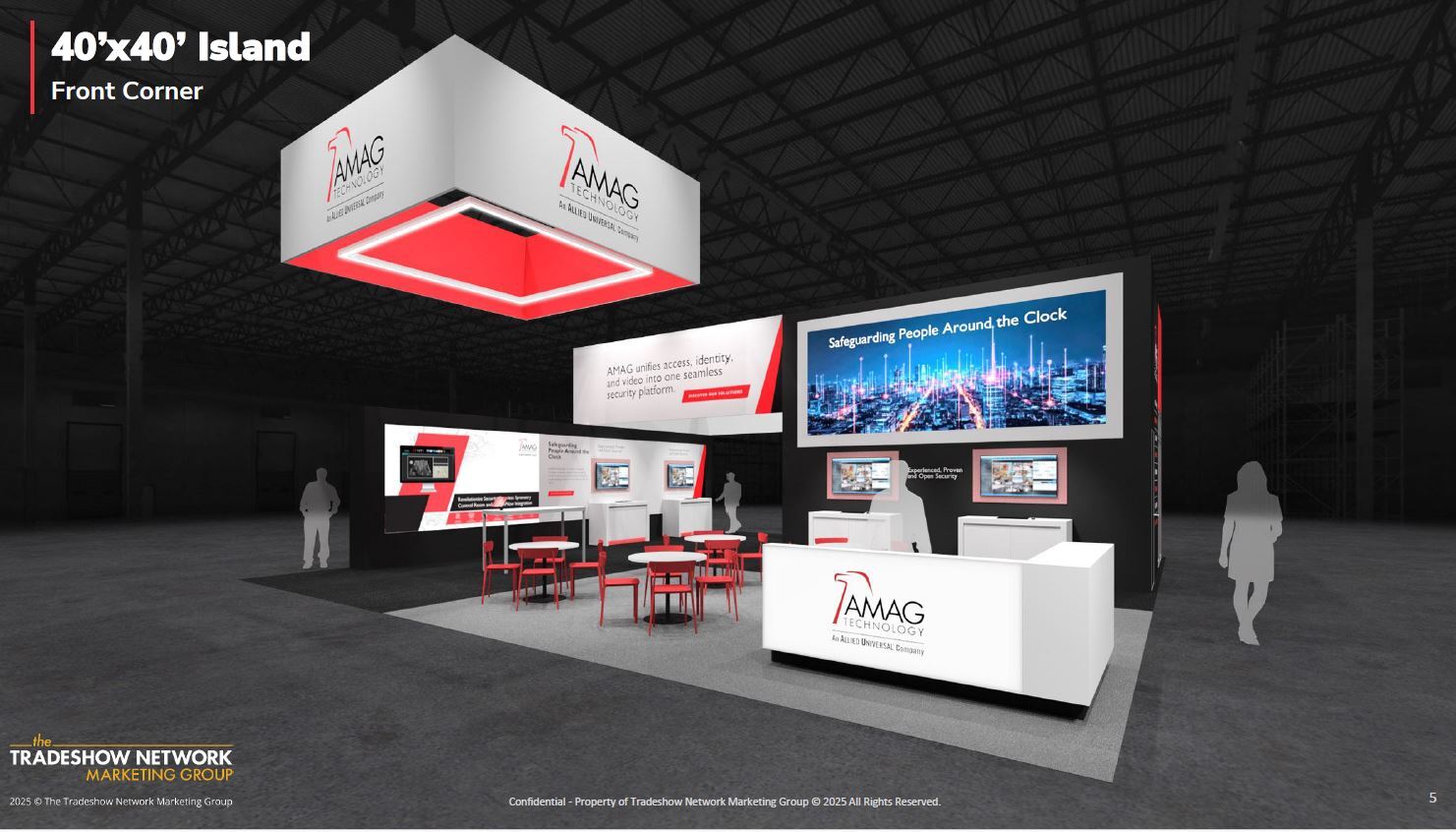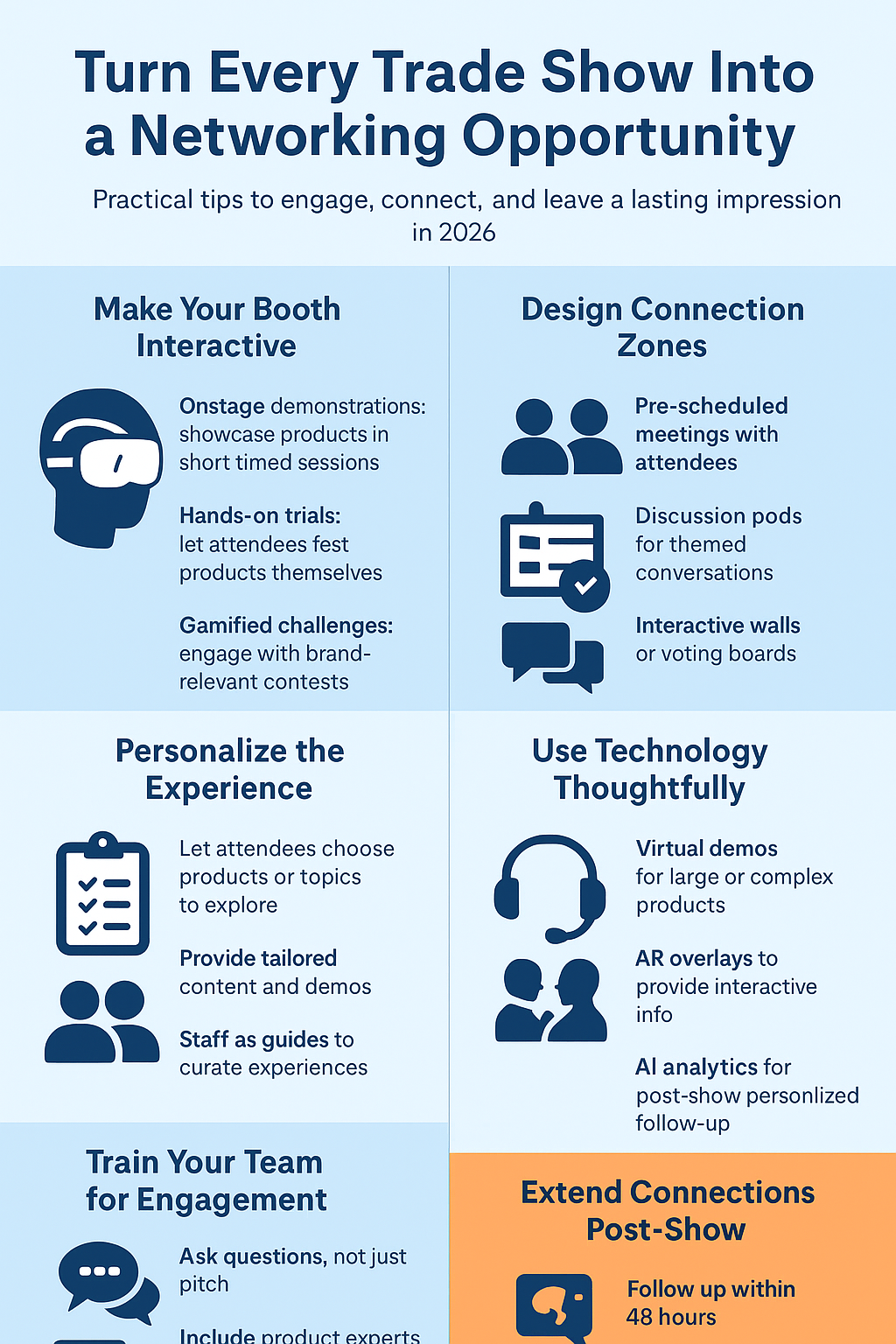When it comes to trade show success, managing shipping and logistics costs can be just as important as crafting an unforgettable booth experience. For many exhibitors, these expenses can represent a significant portion of the overall event budget—sometimes rivaling even design and marketing investments. Neglecting the details of transportation, handling, and packaging can lead to unexpected charges, damaged components, or costly shipping delays that impact your show’s ROI and brand reputation.
Forward-thinking organizations understand that every stage of the exhibit journey—from packing and delivery to setup and return—offers opportunities for cost savings. Taking the time to plan the logistics as carefully as you plan your messaging helps safeguard both your finances and your assets. This means evaluating crate and case design for efficiency and compliance, selecting the right materials for protection and reusability, anticipating special handling scenarios, understanding your shipping options, and staying ahead of last-minute issues like small package delivery or return freight.
Design of exhibit container
Yes, the actual design of your new exhibit is important, but so is the design of the crates or cases. Make sure you’re using space in the most optimal way possible. If you plan to bring literature and promotional products to the show, consider packing them in the crates or cases rather than sending them in separate shipments. Same with monitors which can be expensive to ship separately and the possibility of damage increases with each shipment. Having these conversations with your exhibit house can reduce your material handling/drayage bill significantly. Talk about the size of the crate and what goes in it. It’s much cheaper to have monitors, promotional products, etc., packed in the crate rather than sent separately.
Reusable Packaging Materials
All too often, the packaging materials you receive with your booth components are designed to be used once, like foam padding and bubble wrap. Those are tossed away during installation. At the end of the show, you’re left wondering how you’re going to re-pack your booth for shipping and storage. Don’t let that happen to you. You deserve better. Your expensive exhibit deserves better. Insist that your exhibit house provide reusable packaging materials from the beginning. They make all the difference with far less damage and faster setup and packing. “Numbered” components go where they belong in the case or crate. There’s a logical progression. You see, and your team sees, if something is missing immediately. You paid a lot for the display. You should demand that it looks pristine for as long as possible which is more likely to happen with logical, well-made, reusable packaging materials.
Avoid Special Handling Charges
Make it easy for the General Show Contractor to move your freight from the truck to your booth space. Avoid stacking or strapping items together on a crate, like flooring, which can make moving it cumbersome. On the other hand, the more loose components, the higher the material handling bill will be at the end of the show. They require more labor and effort, and the show contractor will recoup that time and effort on your bill, which can sometimes double or triple the charges. If you do get a special handling charge, be sure to ask the general show contractor why those charges were added. You can then get a good idea of what to avoid next time. It may not always make sense to you, but it’s not about logic. It’s about saving your money.
Advance Warehouse vs. Direct-to-Show
There are two main ways to ship your booth to a show: Advance Warehouse and Direct-to-Show. While Direct-to-Show shipping appears cheaper, shipping to the Advance Warehouse may actually save you money. When you ship your booth to the Advance Warehouse –– sometimes a month ahead of time –– you have less to worry about as you get closer to the show. When the show dates get closer, everything in the Advance Warehouse will move to the venue. Say you’re attending a show that takes place Monday through Wednesday. The setup for that show is likely to be on Friday, Saturday, and Sunday. If you ship your booth to the Advance Warehouse, your exhibit will be ready for your crew to assemble Friday morning.
If you ship it Direct-to-Show, however, you may experience delays, and it’s difficult to predict and arrange your labor when you don’t know when your booth will arrive. In most cases, your freight driver is sitting in the marshalling area waiting to unload, which means you’re paying for that wait time. If that happens, your setup may move to Saturday or Sunday, incurring overtime vs. regular hours.
Hanging Sign to Advance Warehouse
If you have a hanging sign, ship it to the Advance Warehouse (even if you don’t ship your booth there). It’s easier for the riggers to hang that sign above your assigned booth space when there’s no one on the show floor. But most importantly, they’re less likely to inflict damage to your sign and to your booth. Better yet, design your exhibit so it’s visible on the show floor but doesn’t require a hanging sign. Hanging sign charges can often be as much as 30% of your onsite labor charges.
Ship Smaller Packages to Your Hotel
You’re going to forget something. It happens. However, shipping small packages to the show site can increase your material handling/drayage bill dramatically. Instead, ship those packages to your hotel and carry the items onto the trade show floor. Most hotels don’t charge to receive and store small packages.
If there is a small hotel service fee, it will ultimately be less expensive than shipping it directly to the show. Plus, it’s less likely to get lost. If you’ve ever tried to track down a small package at a convention center, you know the frustration of wandering through a dock with hundreds of crates, cases, and packages.
Pre-arrange Return Shipping
Exhibitors focus so much attention on getting their exhibit to the trade show that they often forget to arrange return shipping. The last thing you need is the added stress of arranging freight after three exhausting days on the show floor.
In a desperate situation like this, an exhibitor might turn to the show contractor and ask them to ship it, which is always more expensive. If they forget to make those arrangements, the show contractor will have to ship their freight back to them (called a force shipment). This can be as expensive as a downpayment on a house –– a massive hit to your bottom line. Always, always, always pre-arrange return shipping.
From crating solutions to advance delivery strategies, TTNMG empowers clients across technology, healthcare, retail, manufacturing, and professional services industries to optimize every logistic detail. By applying these actionable insights and best practices, you can minimize shipping headaches, reduce unnecessary costs, and focus on maximizing your impact on the trade show floor. In this guide, TTNMG reveals practical approaches for businesses in technology, healthcare, retail, manufacturing, and professional services to reduce shipping headaches and control costs at every stage of event preparation.






